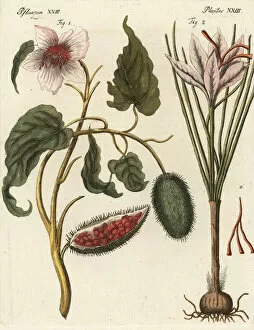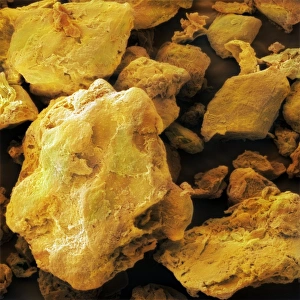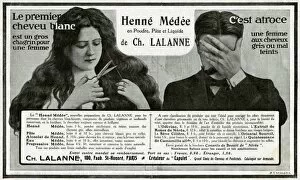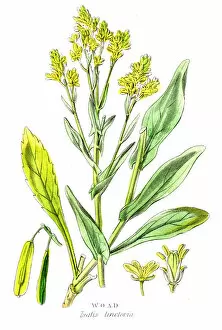Colorant Collection
"Unveiling the Vibrant World of Colorants: From Ancient Art to Modern Science" Color has always held a mesmerizing power over humanity
All Professionally Made to Order for Quick Shipping
"Unveiling the Vibrant World of Colorants: From Ancient Art to Modern Science" Color has always held a mesmerizing power over humanity, captivating our senses and evoking emotions. One such enchanting colorant that has stood the test of time is saffron crocus (Crocus sativus), a delicate flower whose vibrant red-orange stigmas have been used for centuries to dye fabrics and add flavor to culinary delights. Travel back in time to the Paintings Hall of Pech-Merle Cave in France, dating back to 2500-2000BC, where ancient artists skillfully incorporated natural pigments derived from plants like achiote and saffron crocus into their breathtaking cave paintings. These early masterpieces not only showcased artistic brilliance but also highlighted the significance of colorants in human history. Fast forward to 1912 when an advertisement for Ch. Lalanne hair dye caught people's attention, promising luscious locks with its innovative coloring formula. This marked a turning point as synthetic colorants began making their way into everyday life, revolutionizing the beauty industry. But let us not forget nature's own palette. Turmeric powder reveals its golden hues under the scanning electron microscope (SEM), reminding us that even humble spices hold hidden treasures within them. Meanwhile, botanical engravings from 1857 showcase other remarkable sources of colorants - fustic, logwood, saffron, woad, weld, and safflower - each possessing unique properties that were harnessed by artisans throughout history. Lastly, we delve into paprika's fiery red allure under SEM examination – a testament to how science continues unraveling nature's secrets and expanding our understanding of colorants. From ancient times to modern discoveries, this captivating journey through various facets of colorants reminds us that these substances are more than just dyes; they are gateways into cultural heritage and scientific exploration.














